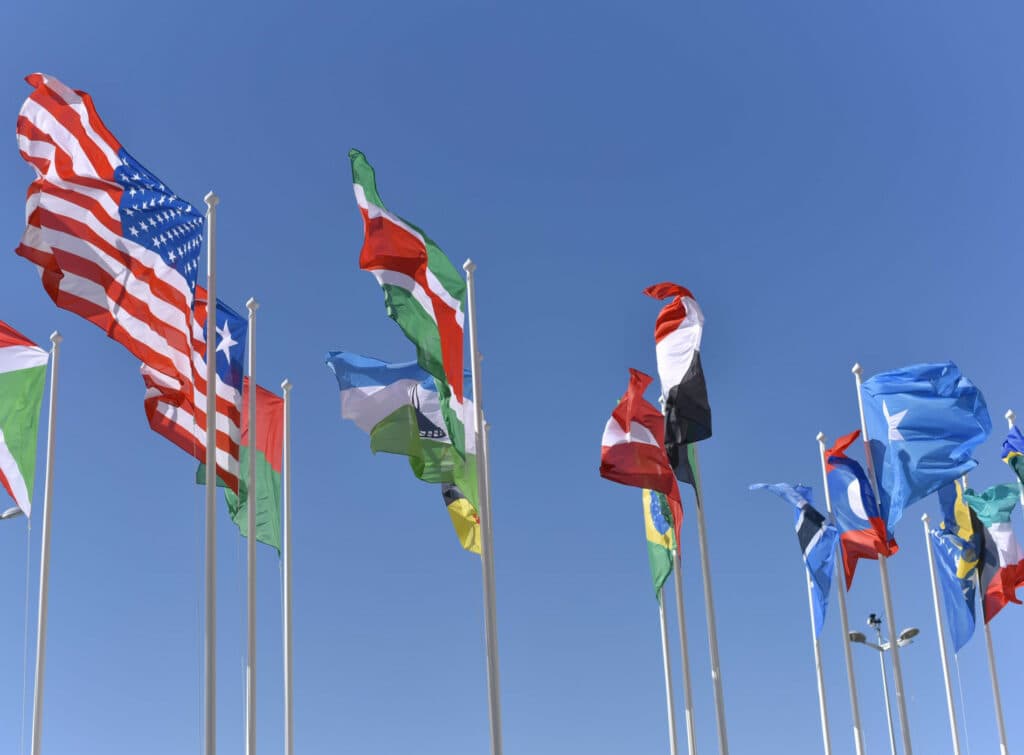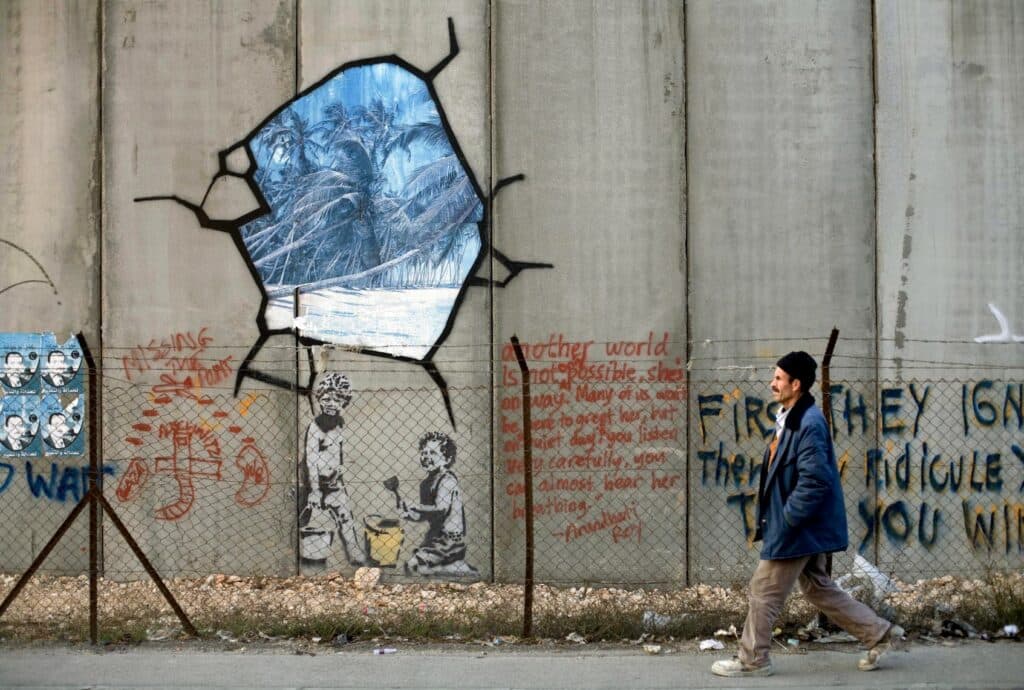
Understanding international humanitarian Law
An introduction and overview of the key concepts of IHL.
Access the booklet in English, Easy Read (English), French, Portuguese, Spanish and Turkish
What is international humanitarian law (IHL)? When does it apply? Is IHL different from human rights law? Who has responsibilities under IHL?
International humanitarian law (IHL) defines the limitations, restrictions, and prohibitions of parties engaged in armed conflict. IHL does not prohibit all violence, but it tries to limit the harm caused during situations of conflict.
Four things to remember about IHL
- IHL only applies during armed conflict
- IHL says nothing about the legality of a conflict
- IHL is based on a balance between humanitarian and military considerations
- IHL does not prohibit all violence
IHL as a branch of public international law
IHL is a branch of public international law. Public international law – or the law of nations – is a combination of rules and customs that governs the relations between states in different fields, such as armed conflict, human rights, the sea, space, trade, territorial boundaries, and diplomatic relations.
IHL only applies to armed conflict
IHL applies to armed conflicts only. This includes both international and internal armed conflicts. IHL does not apply in situations of internal disturbances, such as protests or riots. These internal disturbances are isolated and sporadic acts of violence that take place inside a territory of a state. In these situations, international human rights law applies.
In general, international armed conflict - conflicts between states - is much more heavily regulated than internal or non-international armed conflict.
Jus in bello and jus ad bellum
IHL (jus in bello) does not address the legality of an armed conflict (jus ad bellum). IHL treats all parties equally regardless of the reasons for or legality of the conflict. The United Nations Charter sets out the situations when a state can resort to force against another state (jus ad bellum) – namely in self-defence or with an authorisation from the Security Council under Chapter VII of the Charter.
Basic principles of IHL
International humanitarian law is based upon the following principles:
- the distinction between civilians and combatants
- the prohibition of attacks against those out of combat – or: hors de combat
- the prohibition on the infliction of unnecessary suffering
- the principle of necessity
- the principle of proportionality
- the principle of humanity
IHL has its limitations. Since international humanitarian law does not prohibit the use of violence, it cannot protect everyone affected by armed conflict, nor does it try to. It simply seeks to regulate the use of force, and limit the harm caused.
The four Geneva Conventions of 1949, together with the Hague Conventions of 1907 and customary international law, constitute the core and the sources of international humanitarian law.
International human rights law and IHL
IHL and international human rights law (IHRL) are separate, but complementary bodies of public international law. Unlike IHL, human rights law applies at all times, including during armed conflict. Some of the protections set forth can be limited during times of armed conflict.
In situations of armed conflict, IHL or human rights law may provide more protection, depending on the circumstances. In such instances, the rule that offers most protection should generally apply. For example, in a situation of occupation, IHL offers more protection against displacement than the human rights framework, but when dealing with the use of armed violence, IHL may be seen as less protective than IHRL.
Compliance with IHL
IHL contains basic standards that must be respected by warring parties during conflict. When such parties fail to respect their obligations, it is the duty of the international community to take steps to ensure compliance. The International Criminal Court (ICC), which can prosecute war crimes, crimes against humanity, genocide, and the crime of aggression, is one of several mechanism that were set up to hold individual perpetrators accountable, and to ensure respect for serious violations of IHL.









